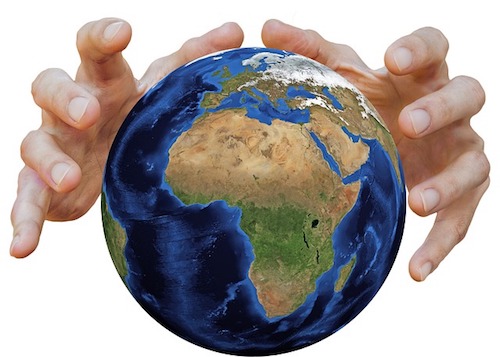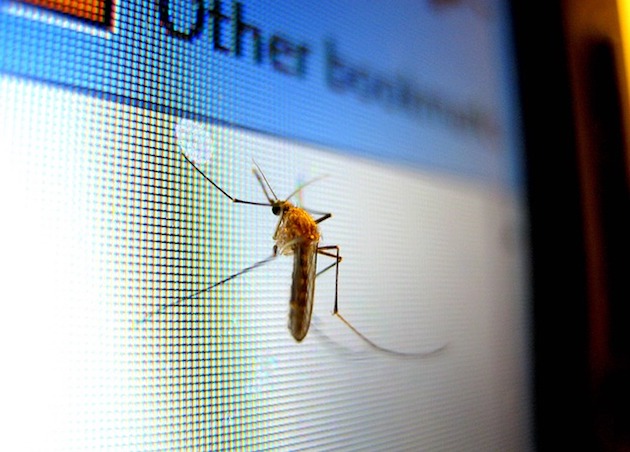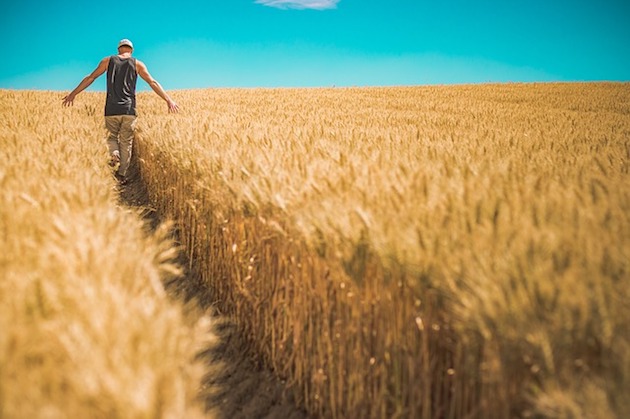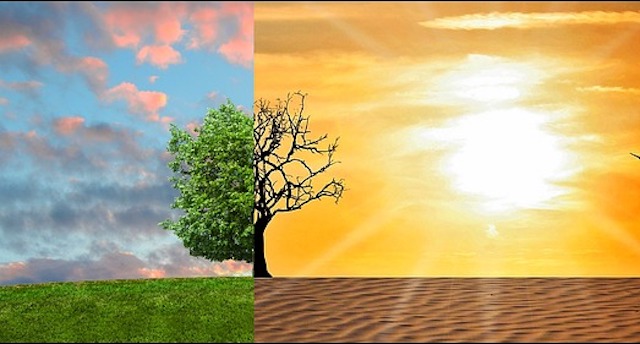Climate change has been shown to be a factor that is accelerating damage caused by pests. The problem with climate change and pests is that the results can be widespread diseases, crop destruction, electrical damage and food safety issues.
Most pests are more prevalent in warmer climates. Climate change and pests is impacted by the increasing temperatures we are facing. This could potentially devastate food production and public health. The increasing C02 levels, climate change and pests and global warming could mean that some areas are at risk of becoming breeding grounds. These would be areas that were otherwise uninhabitable for pests in the past.

A lot of pests breed more in warmer temperatures. This means that with climate change and pests, some species will grow bigger and their resistance to insecticides will increase. For most pests, the increasing temperatures brought about my climate change will likely lead to a higher survival rate in the winter months too.
Dangerous diseases are going to be much more prevalent because of climate change and pests. Vector-borne infectious diseases like malaria, dengue virus, Zika virus and Lyme disease will be on the rise. They already affect nearly half of the world’s population, and if climate change and pests continue to increase in this way, it will create international public health emergencies.
How Climate Change And Pests Affect Our Lives
Mosquitoes are set to become a real pest problem for most of the world as climate change worsens and temperatures continue to rise. Mosquitoes are one of the most dangerous pests in the world. The Asian Tiger Mosquito, known to carry dengue virus, chikungunya virus and dirofilariasis is a species normally found in Asia. Now, because of the increasing temperatures, this mosquito species is spreading rapidly across Europe and the USA, where it can be found in 32 states. The mosquito is one of the UK’s top biting insects.

Over the next few decades the global temperature is expected to increase by around 2°C. Because of this, pests will migrate to cooler climates. This could result in pests becoming a bigger threat to food safety and production, damaging crops as they go. Pests will also become more resistant to insecticides as they breed and spawn new generations.
A great example of this effect in action is the Coffee Berry Borer. This pest is now present in almost every coffee-growing country in the world. Every year, this small beetle causes $500 million in damages to coffee growers, and it is resistant to insecticides.
Weather Caused By Climate Change And The Pests It Encourages
With the changing climate brings change of weather. Hot and cold is more intense, and heavy rainfall brings with it some serious pest problems. In this part of the article, we’re going to look at the different types of weather that is caused by climate change, and the pests it helps thrive.
Wet Weather
Rainfall and wet weather conditions are a lot more common because of climate change. This wetness can really increase pests in the home. Wet weather means there is more moisture outside – exactly what a pest needs to breed. When the moisture increases, pests such as ants, spiders and cockroaches will be out in full force. Not only will they reproduce more abundantly, they will also need to eat more. This leads to a lot of crop destruction in certain areas. Pests that don’t want to be out in the rain will be looking for a dry place to stay away from it. This can very easily be your home or business.

Dry Weather
When there is no moisture outside and the weather is dry, the opposite happens. Pests won’t be able to reproduce because they don’t have the moisture to do so. However, this doesn’t mean they won’t invade. Pests left in the dry weather will be looking for a great water source, and often times this will lead them into your home. Dry weather will cause pests to be a lot more frantic and can result in serious infestations.
Flooding
Moisture encourages most pests’ reproduction, but flooding can actually hinder it for some. Mosquitoes are particularly active around flood areas. Flooding is most commonly caused by climate change and heavy rainfall. With the increased moisture, mosquitoes will reproduce heavily and can spread really dangerous diseases in certain countries. Ants can also be a problem when flooding happens, as the water helps them to travel quickly. One minute you may not have an ant problem, and the next your home could be flooded and infested with an ant nest too.
Cold Weather
Many pests go into hibernation or die off when the cold weather hits. This isn’t true for all pests though. There can still be a plethora of pest problems when the temperatures are low. The cold causes pests such as spiders and rodents to run for cover into our homes and businesses. They can find great food sources here, as well as nesting materials and safe hiding spaces away from winter predators.






